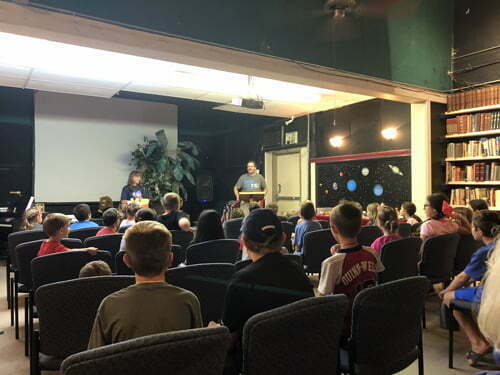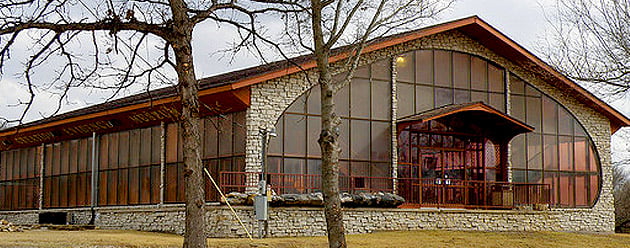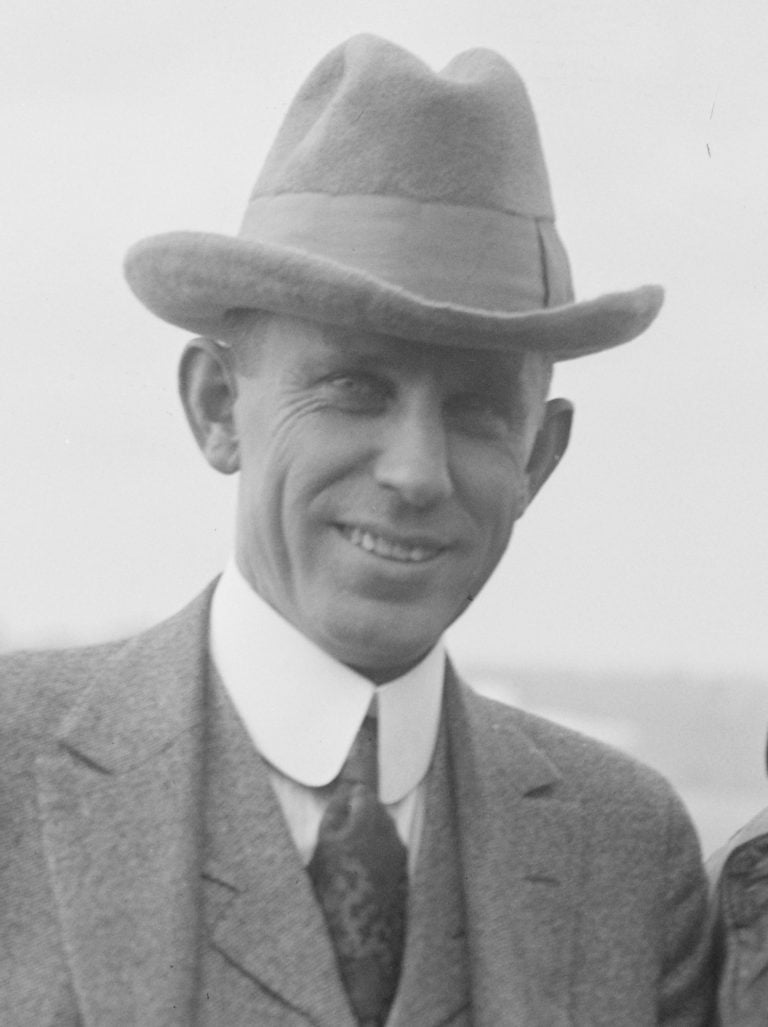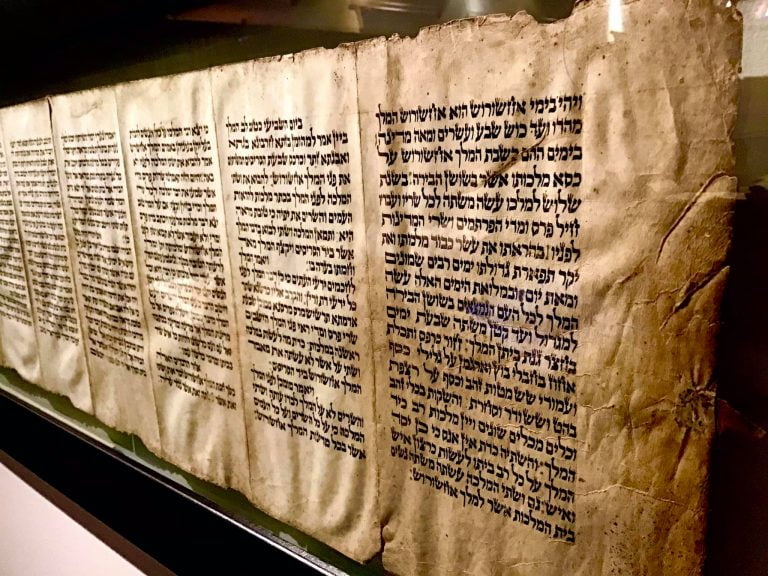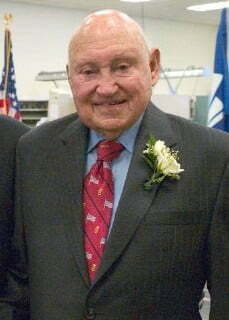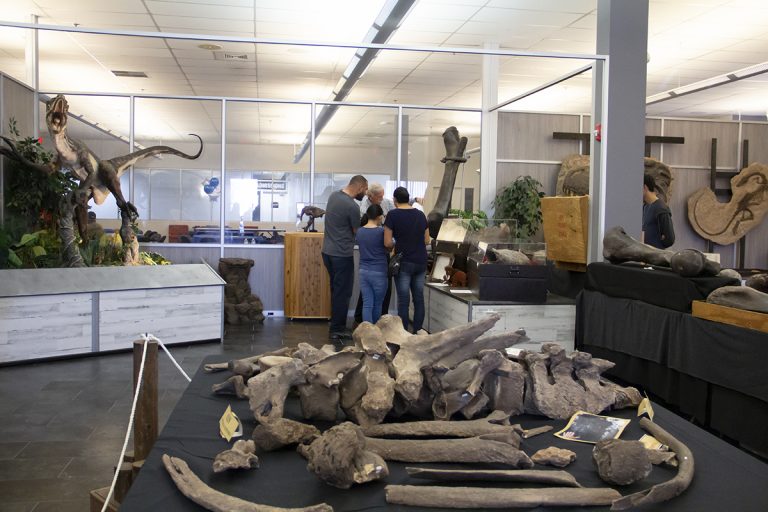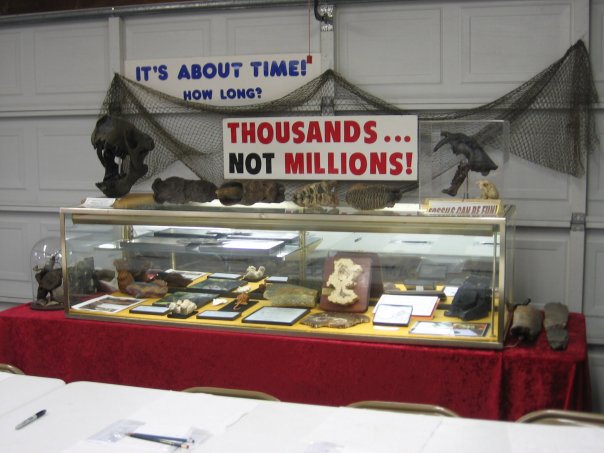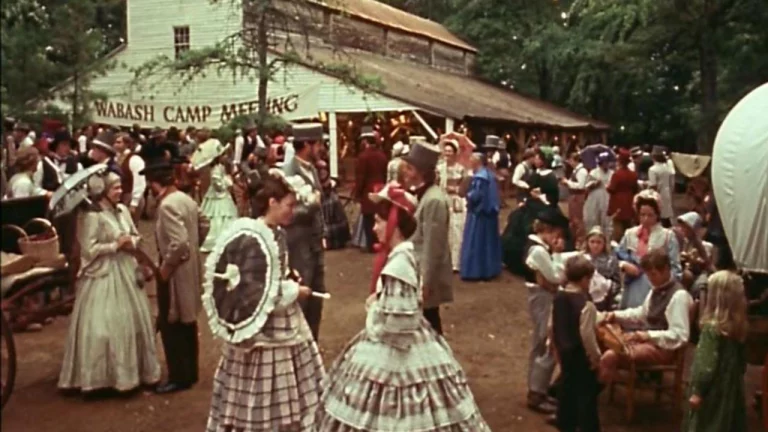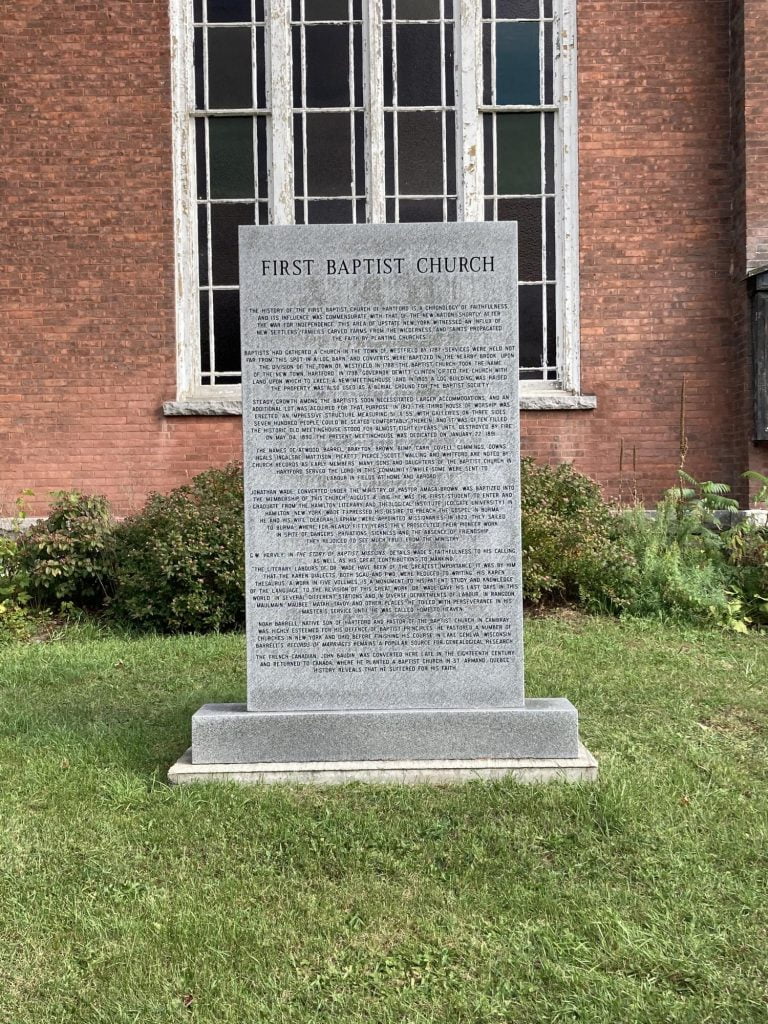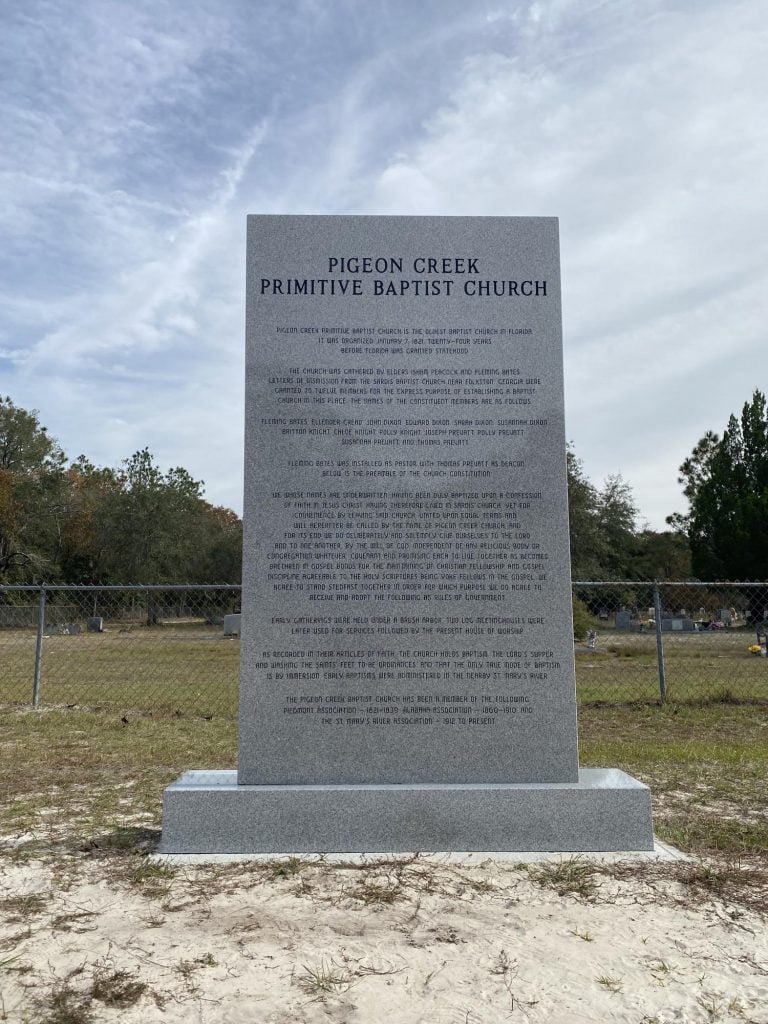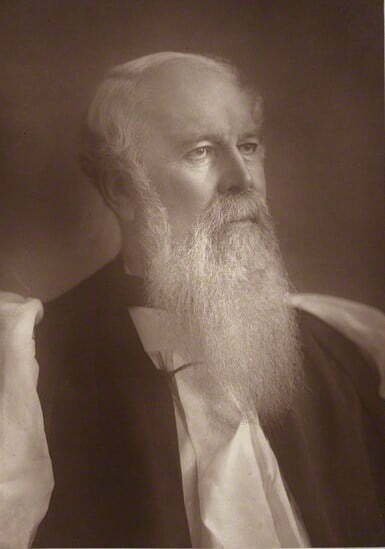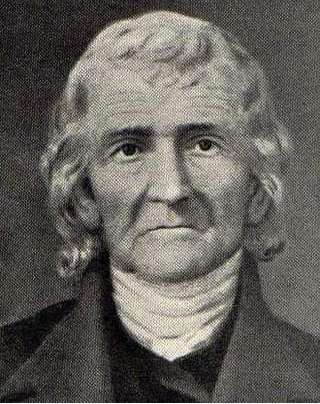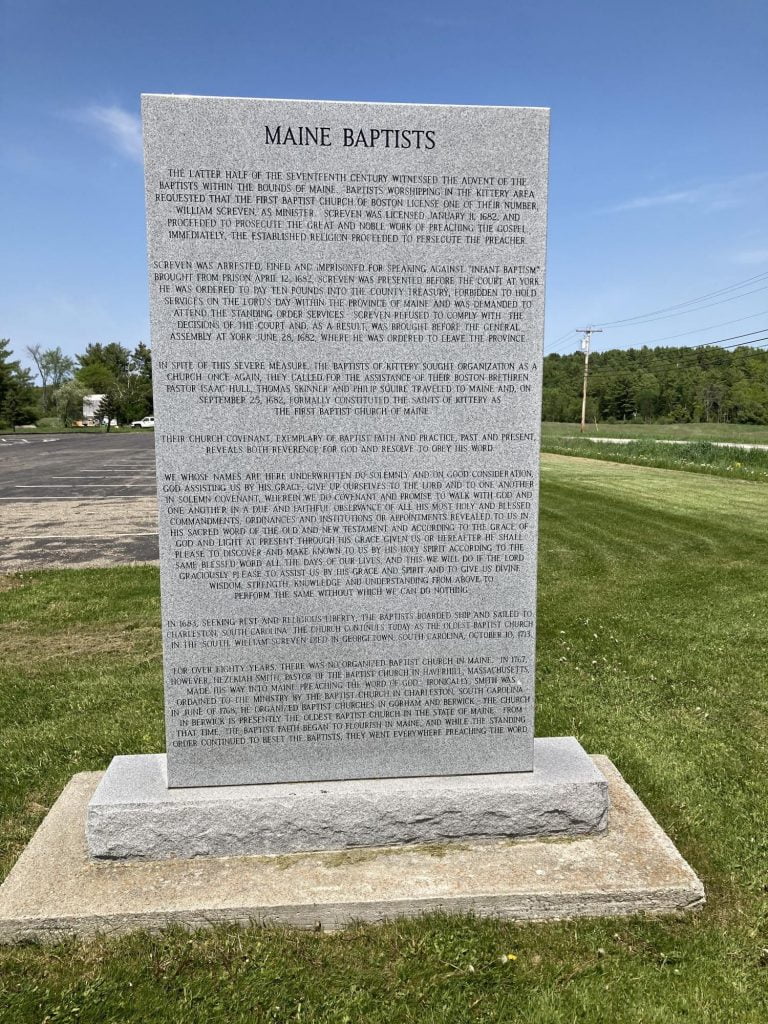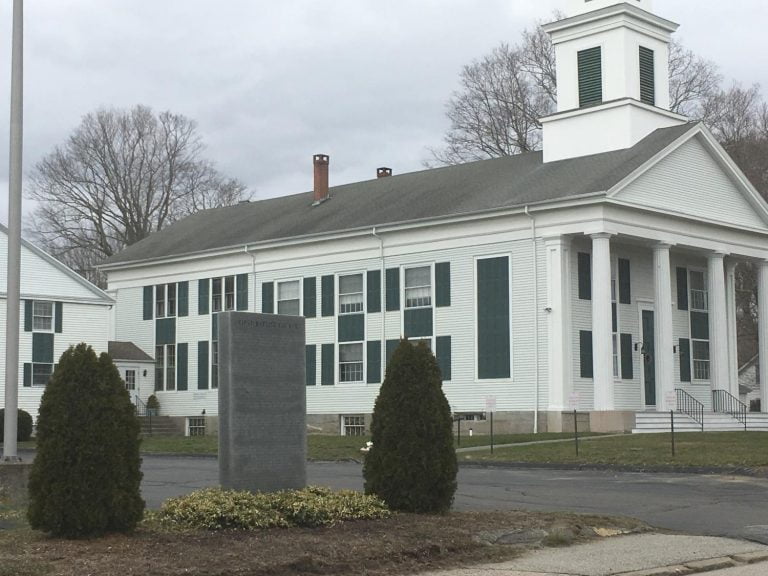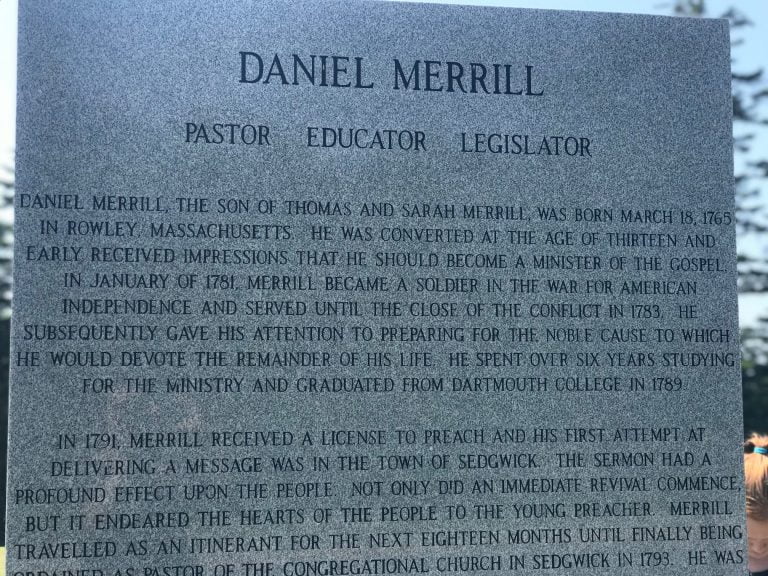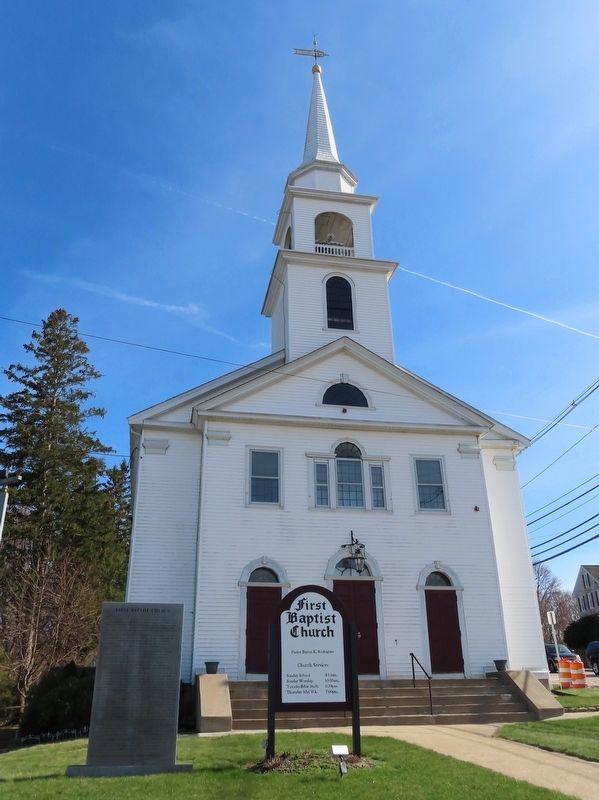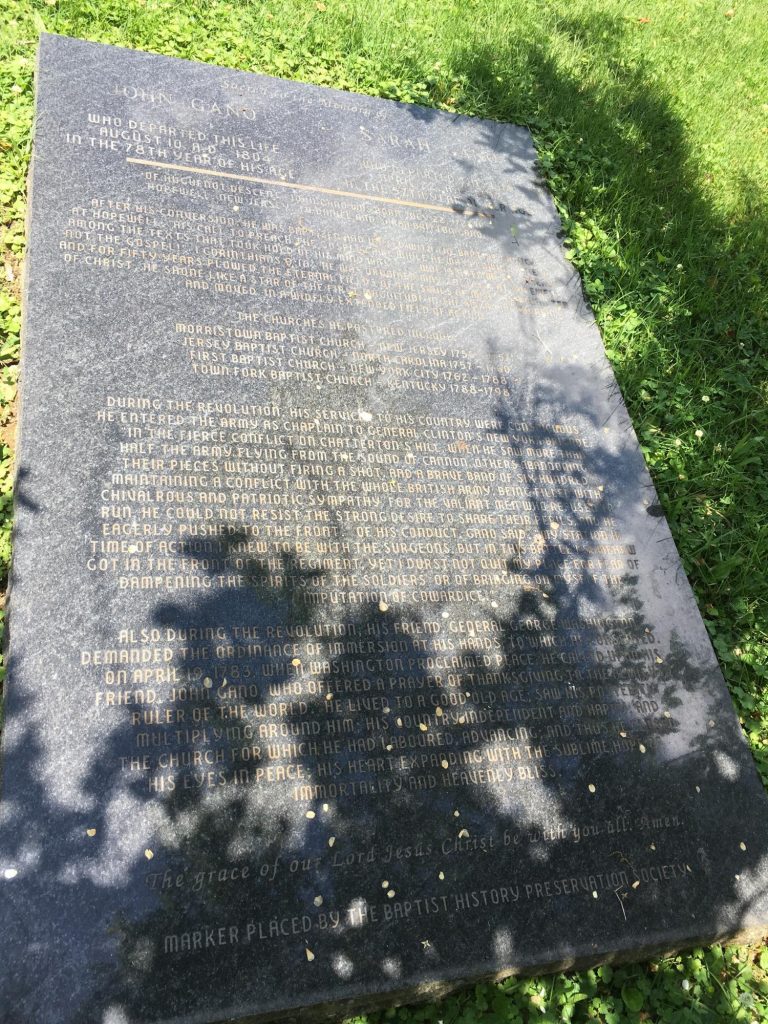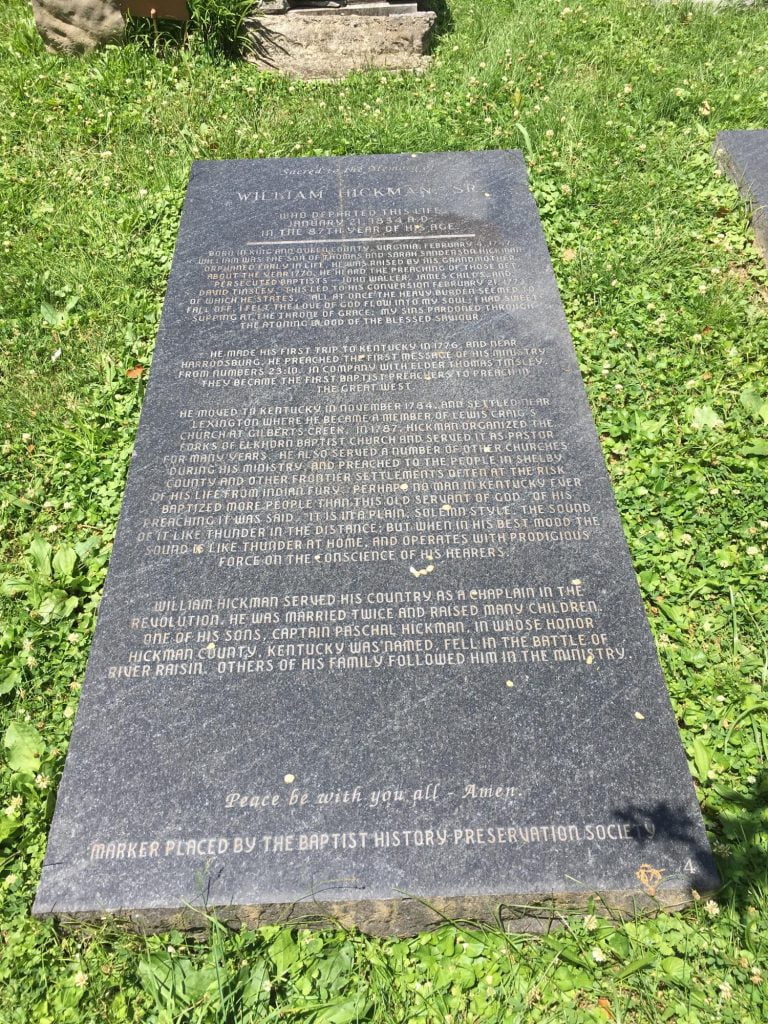Favorite
The Discovery Center… is a creation museum that exists primarily to provide scientific and historic evidence for the truthfulness of God’s word, especially as it relates to the creation/evolution issue. Photo from organization Read more...
Favorite
The Creation Evidence Museum provides scientific evidence for creation to thousands of people each year. Every year, new artifacts and documents are added to the museum’s collection through the generosity of individuals. Your contribution will help us continue to: • Provide a creation science message opposing the evolutionary theory. • Educate children about the scientific and Biblical principles of our Read more...
Favorite
From Wikipedia: Norris was converted at a Baptist revival meeting in the early 1890s, and in 1897, he became pastor of Mount Antioch Baptist Church in Mount Calm in Hill County, Texas.[3] The following year he enrolled in Baptist-affiliated Baylor University in Waco, which he attended from 1898 to 1903. He then earned a Master of Theology degree from the Southern Baptist Theological Seminary in Louisville, Kentucky. In 1905, Norris returned to Read more...
Favorite
What You Can Expect to See: The Museum will feature treasures of NOBTS, including ancient Hebrew scrolls of the Old Testament, replicas and images of papyrus manuscripts of the New Testament, facsimiles of major Greek manuscripts of the New Testament, Latin manuscripts of the Bible, part of a real Gutenberg Bible from the 15th century, a large collection of English Bibles Read more...
Favorite
From Wikipedia: Samuel Truett Cathy (March 14, 1921 – September 8, 2014) was an American businessman, investor, author, and philanthropist. He founded the fast food restaurant chain Chick-fil-A in 1946. Cathy was a member of the First Baptist Church in Jonesboro, Georgia, and taught Sunday School there for more than 50 years. He said that the Bible is his guide-book for life.[7] Due to Read more...
Favorite
From a biblical, young earth creationist perspective, learn about the true account of the origins of the universe, life, and man’s early history. Over the last twenty-five years, our ministry has discovered that while many educational centers/museums have extensive programs showing many of God’s wonderous works, almost none of them have attributed the works to God, but to evolution. Image Read more...
Favorite
Ask your questions about life’s origin, history, and destiny as you examnine displays of “Missionary Mammoths” (fossil elephants staff helped to excavate from Peace River a mile upstream from the Museum!); dinosaurs (including “fresh” dino bones from Alaska, a fossil dino egg from China, a life-size dino replica, T. rex tooth found by Mrs. Parker, etc.; fossils from five continents (illustrating 4Cs of Biblical history: Creation, Corruption, Catastrophe, Christ); numerous “touch Read more...
Favorite
From others: Unusual Films souvenir book, 1978, BJU Archives. Katherine Stenholm directed a crew of 76 and a cast of about 800, and the film includes a musical score by Dwight Gustafson. A large camp meeting scene was filmed at the nineteenth-century Epworth Camp Meeting in Greenwood, South Carolina, and other scenes were shot at Cades Cove and the Pioneer Read more...
Favorite
Church unveiling new monument By BILL TOSCANO btoscano@poststar.com HARTFORD — Dale LaPoint and the other members of the First Baptist Church of Hartford are planning a major event for Friday, and it wasn’t even their idea. “This is not something we generated,” said LaPoint, who is the chairman of the church trustees and the church historian. “Jeff Faggart got in Read more...
Favorite
Pigeon Creek Primitive Baptist Church is the oldest Baptist church in Florida. It was organized January 7, 1821, twenty-four years before Florida was granted statehood. From the Baptist History Preservation Society: Image Credit: Harris, Joy. “Pigeon Creek Baptist Church.” Old Florida Churches, 30 Jan. 2024, www.historicfloridachurches.com/post/pigeon-creek-baptist-church. Read more...
Favorite
From Wikipedia: John Charles Ryle (10 May 1816 – 10 June 1900) was an English evangelical Anglican bishop. He was the first Anglican bishop of Liverpool. Ryle was a strong supporter of the evangelical school and a critic of ritualism. He was a writer, pastor and an evangelical preacher. Among his longer works are Christian Leaders of the Eighteenth Century (1869), Expository Thoughts on the Gospels (7 vols, 1856–69), and Principles Read more...
Favorite
ELDER ISAAC CASE PATRIOT – PREACHER – CHURCH PLANTER Elder Isaac Case was one of the greatest church planters in American history. Wholly given to the ministry, Case was tireless in labour, disinterested in service and single in vision. He was esteemed by his peers and loved by the Baptists of Maine. The son of William and Abigail Bell Case, Isaac Read more...
Favorite
The latter half of the seventeenth century witnessed the advent of the Baptists within the bounds of Maine. Baptists worshipping in the Kittery area requested that the First Baptist Church of Boston license one of their number, William Screven, as minister. Screven was licensed January 11, 1682 and proceeded to prosecute the great and noble work of preaching the gospel. Read more...
Favorite
Monument marks church tricentennial By AMY RENCZKOWSKI Day Staff Writer Waterford – Churchgoers gathered outside the First Baptist Church of Waterford before Sunday morning’s service to unveil an eight-foot tall granite memorial marker and to celebrate its 300th birthday. The church is the second oldest Baptist church in the state behind the Old Mystic Baptist Church. The monument came from Read more...
Favorite
Clear Creek Baptist Church. The Baptist Church of Christ at Clear Creek was organized in April of 1785 as a branch of the South Elkhorn Baptist Church. Among the 30 constituent members were some of the saints who journeyed from Virginia with Lewis Craig and the traveling church. Its membership was composed of Kentucky pioneers who braved the wilderness and Read more...
Favorite
Daniel Merrill Pastor. Educator. Legislator. Daniel Merrill, the son of Thomas and Sarah Merrill, was born March 18, 1765 in Rowley, Massachusetts. He was converted at the age of thirteen and early received impressions that he should become a minister of the gospel. In January of 1781, Merrill became a soldier in the war for American Independence and served until Read more...
Favorite
A pioneer among the Baptists, Andrew Tribble moved from Virginia to Kentucky in 1784. He settled in what is now Madison County, gathered the Tates Creek Baptist Church in 1786, and pastored here until shortly before his death. Faithfulness to the Saviour marked his life. He gathered several churches in Kentucky and while pastoring at Tates Creek, the church licensed Read more...
Favorite
FIRST BAPTIST CHURCH Settlers first came to this area of Massachusetts late in the seventeenth century. Jacob Bartlett, a Quaker, and Nicholas Cook, a Baptist, were the earliest inhabitants and are generally known as the town pioneers. On November 27, 1719, at the request of thirty–three petitioners, the town of Bellingham was incorporated. Though a number of the town residents Read more...
Favorite
SACRED TO THE MEMORY OF ~ JOHN GANO SARAH GANO WHO DEPARTED THIS LIFE WHO DEPARTED THIS LIFE AUGUST 10, A.D. 1804 APRIL 22, A.D. 1792 IN THE 78™ YEAR OF HIS AGE. IN THE 57″ YEAR OF HER AGE. OF HUGUENOT DESCENT, JOHN GANO WAS BORN JULY 22, 1727 IN HOPEWELL, NEW JERSEY, TO DANIEL AND SARAH BRITTON GANO. Read more...
Favorite
“Born in King and Queen County, Virginia February 4, 1747. William was the son of Thomas and Sarah Sanderson Hickman. Orphaned early in life, he was raised by his grandmother. About the year 1770 he heard the preaching of those oft persecuted Baptists – John Waller, James Chiles and David Tinsley. This led to his conversion February 21, 1773 of Read more...
